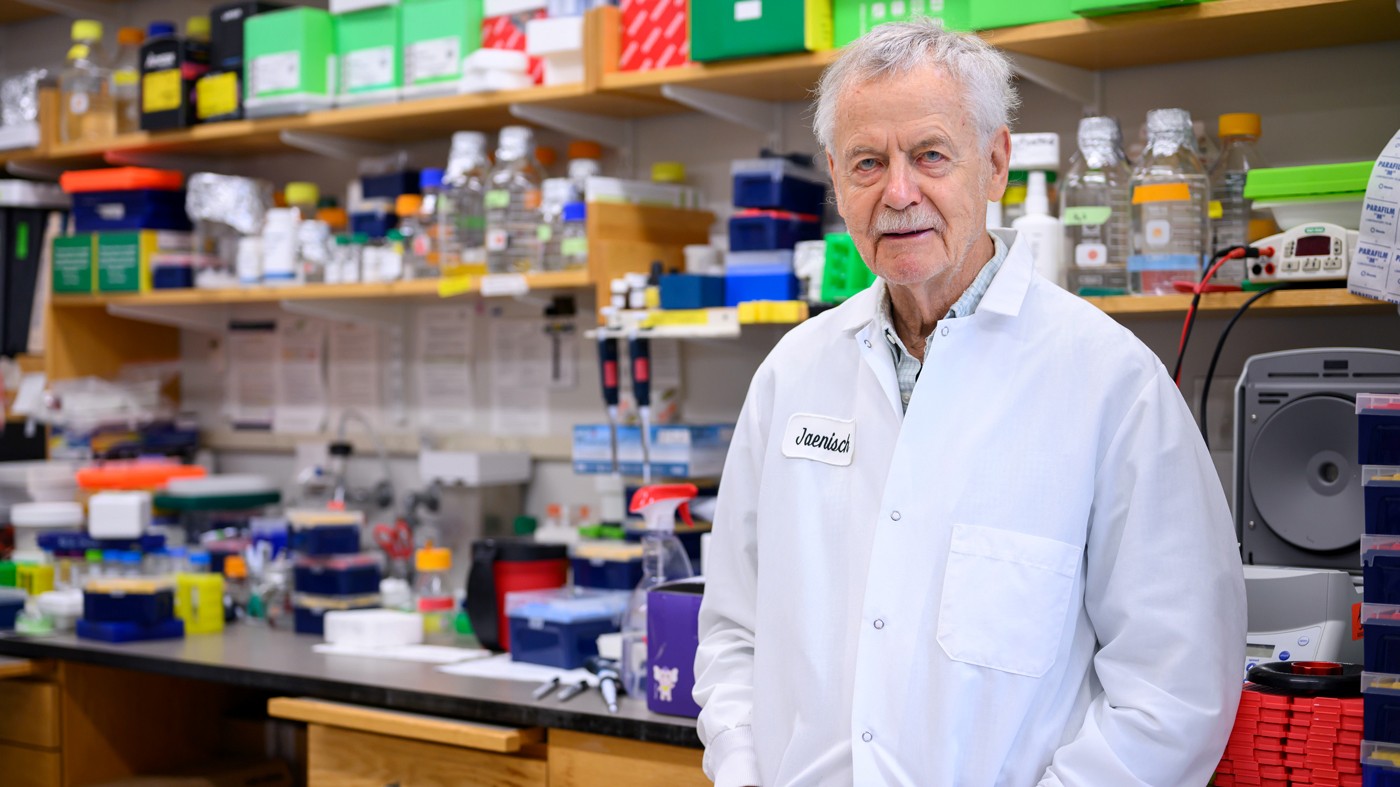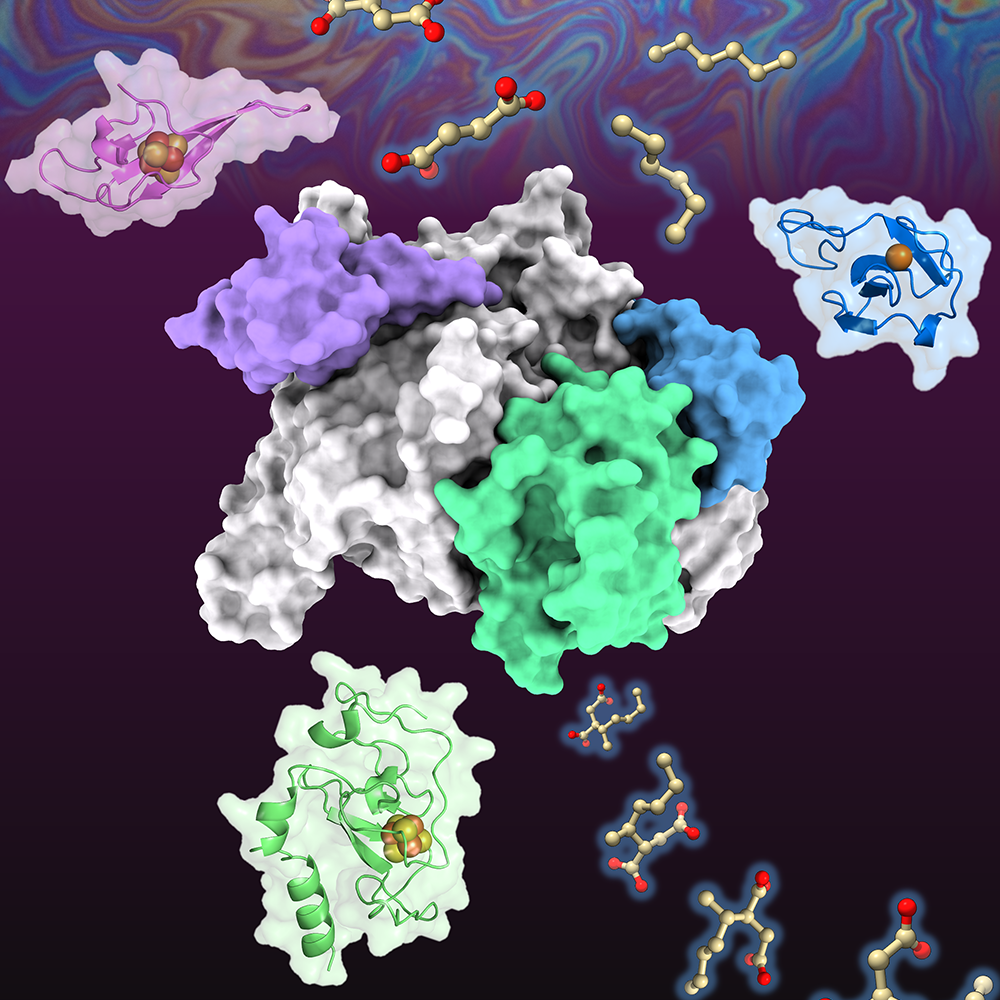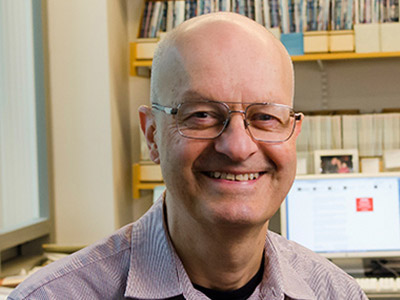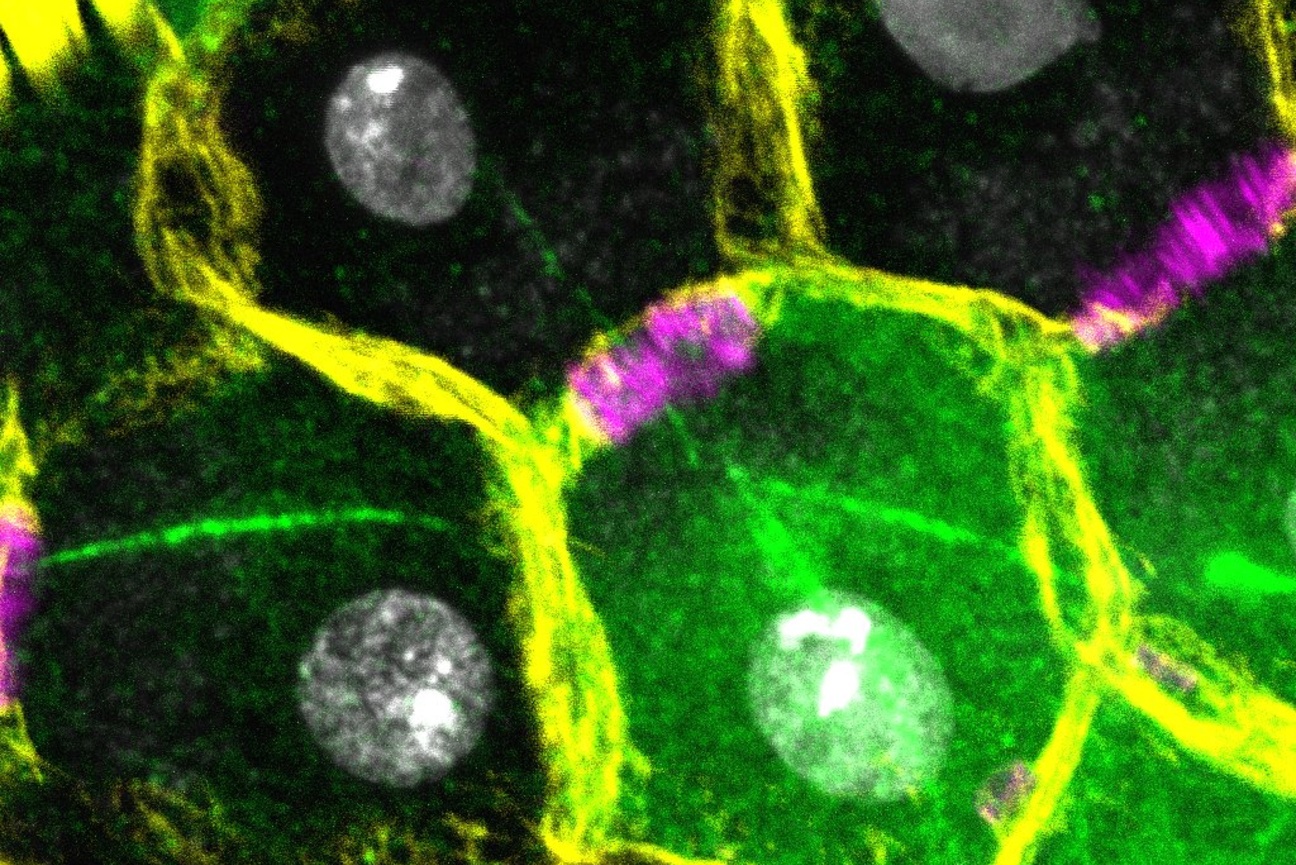
Rudolf Jaenisch is recognized for his trailblazing contributions to epigenetics and stem cell biology, which have shaped modern regenerative medicine.
Sarah Stanley | Gladstone Institutes
August 28, 2025
Rudolf Jaenisch, MD, was announced today as the recipient of the 2025 Ogawa-Yamanaka Stem Cell Prize by Gladstone Institutes. He was selected for his trailblazing contributions to epigenetics and stem cell biology. His pivotal discoveries have profoundly advanced our understanding of gene regulation, cellular reprogramming, and the potential of regenerative medicine.
A founding member of the Whitehead Institute for Biomedical Research in Cambridge, Massachusetts, Jaenisch is also a professor of biology at the Massachusetts Institute of Technology. He is widely recognized for his role in establishing the use in science of induced pluripotent stem (iPS) cells—adult cells that have been reprogrammed into an embryonic stem cell–like state with the potential to become any cell type in the body.
Among his many achievements, Jaenisch was the first to show the potential therapeutic applications of iPS cells after they were discovered by Gladstone Senior Investigator Shinya Yamanaka, MD, PhD. In fact, Jaenisch effectively cured mice of sickle cell anemia by using iPS cells that had been derived from the animals’ own skin cells and in which the disease-causing genetic defect had been corrected.
“Until then, iPS cells were just an exciting lab tool—but Dr. Jaenisch provided the first real proof that they could be used to treat human disease,” says Deepak Srivastava, MD, chair of the selection committee, president of Gladstone Institutes, and director of the Rodenberry Stem Cell Center at Gladstone. “We’re very happy to recognize his outstanding career with this year’s award. His many contributions to stem cell research and disease modeling have helped shape modern regenerative medicine as we know it.”
Jaenisch has been at the forefront of exploring, expanding, and refining the processes by which iPS cells are created and applied in labs around the world. His work has opened the door to the development of therapies for a wide range of genetic and degenerative diseases.
Since its establishment in 2015, the Ogawa-Yamanaka Stem Cell Prize has honored scientists and doctors leading groundbreaking work in translational regenerative medicine using reprogrammed cells. Each year, it is made possible by a generous gift from the Hiro and Betty Ogawa family.
The prize, supported by Gladstone and Cell Press, also pays tribute to Yamanaka, whose discovery of iPS cells earned him a Nobel Prize in 2012 and is tightly intertwined with Jaenisch’s work.
“Shinya’s discovery completely transformed the world of stem cell science and opened up so many promising new paths for understanding and addressing disease,” Jaenisch says. “What an honor it is to be recognized for my contributions in this field.”
One of Jaenisch’s earliest marks on science came in 1974, when he co-created the first transgenic animal—an organism whose genetic material has been intentionally altered by adding foreign genes—with pioneering embryologist Beatrice Mintz, PhD. This work became the foundation for genetically engineered animal models, which are used in nearly every area of biomedical research today.
“This single study was a major leap in molecular biology,” says Srivastava. “It gave birth to the very concept of modeling human diseases in animals, allowing scientists to deliberately change an animal’s genetic code in order to study the mechanisms of disease and test therapies.”
In his more than 40 years at the Whitehead Institute, Jaenisch has led research exploring how stem cells and reprogramming technologies could be harnessed to better understand and treat disease. In the process, he has continued to develop innovative tools, including adapting CRISPR technology for gene editing and epigenome editing in stem cell systems.
An independent committee of international stem cell experts selected Jaenisch for the 2025 Ogawa-Yamanaka Stem Cell Prize from a highly competitive pool of nominees. As this year’s winner, he will receive an unrestricted prize of $150,000. Gladstone will host a ceremony on December 1, 2025, in San Francisco, California, where Jaenisch will deliver a scientific lecture and be presented with the award.
About Gladstone Institutes
Gladstone Institutes is an independent, nonprofit life science research organization that uses visionary science and technology to overcome disease. Established in 1979, it is located in the epicenter of biomedical and technological innovation, in the Mission Bay neighborhood of San Francisco. Gladstone has created a research model that disrupts how science is done, funds big ideas, and attracts the brightest minds.
About Rudolf Jaenisch
Rudolf Jaenisch, MD, is a founding member of the Whitehead Institute for Biomedical Research and a professor of biology at the Massachusetts Institute of Technology. He is a pioneer of transgenic science, in which an animal’s genetic makeup is altered.
Jaenisch received his MD from the University of Munich in 1967 and carried out postdoctoral research at Princeton University, Fox Chase Institute for Cancer Research, and the Salk Institute. Before joining Whitehead in 1982, he was head of the Department of Tumor Virology at the Heinrich Pette Institute at the University of Hamburg.
His current research focuses on the epigenetic regulation of gene expression, which has led to major advances in creating embryonic stem cells and iPS cells, as well as their therapeutic applications. His lab also focuses on the epigenetic mechanisms involved in cancer and brain development, as well as coronavirus biology.
Jaenisch has co-authored more than 500 research papers and received various awards during his career, including the Max Delbrück Medal, the Vilcek Prize, the National Medal of Science, the Wolf Prize in Medicine, and the Otto Warburg Medal. He is a fellow of the American Academy of Arts and Sciences and an elected member of the U.S. National Academy of Sciences. He also was president of the International Society for Stem Cell Research in 2014–15.
About the Ogawa-Yamanaka Stem Cell Prize
The Ogawa-Yamanaka Stem Cell Prize recognizes individuals whose original translational research has advanced cellular reprogramming technology for regenerative medicine. Supported by Gladstone Institutes, in partnership with Cell Press, the prize was established in 2015 through a generous gift from Betty and Hiro Ogawa. It has been maintained through their sons, Andrew and Marcus Ogawa, to honor the Ogawas’ memory by continuing the philanthropic legacy they shared during their 46-year marriage. It also recognizes the importance of induced pluripotent stem cells (iPS cells), discovered by Gladstone Senior Investigator and Nobel laureate Shinya Yamanaka, MD, PhD.
Past recipients include Masayo Takahashi, MD, PhD, in 2015; Douglas Melton, PhD, in 2016; Lorenz Studer, MD, in 2017; Marius Wernig, MD, PhD, in 2018; Gordon Keller, PhD, in 2019; Juan Carlos Izpisua Belmonte, PhD, in 2022; Magdalena Zernicka-Goetz, PhD, in 2023; and Rusty Gage, PhD, in 2025.
The 2025 selection committee was composed of George Daley, MD, PhD, dean of Harvard Medical School; Hideyuki Okano, MD, PhD, dean of the School of Medicine at Keio University; Deepak Srivastava, MD, president of Gladstone Institutes and director of the Roddenberry Stem Cell Center at Gladstone; Lorenz Studer, MD, director of the Center for Stem Cell Biology at Memorial Sloan Kettering Cancer Center; Fiona Watt, FRS, FMedSci, director of the Centre for Stem Cells and Regenerative Medicine at King’s College, London; and Shinya Yamanaka, MD, PhD, senior investigator at Gladstone and director emeritus of the Center for iPS Cell Research and Application at Kyoto University.









